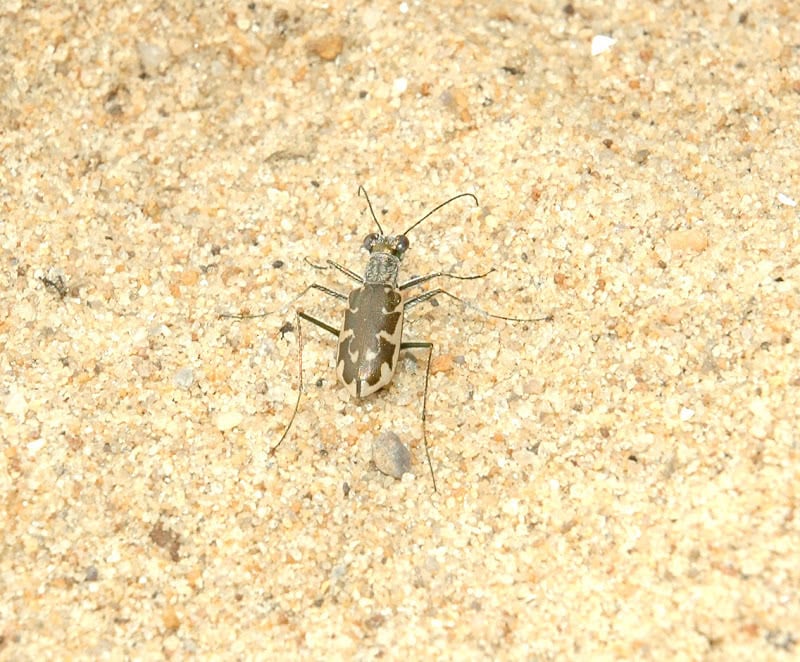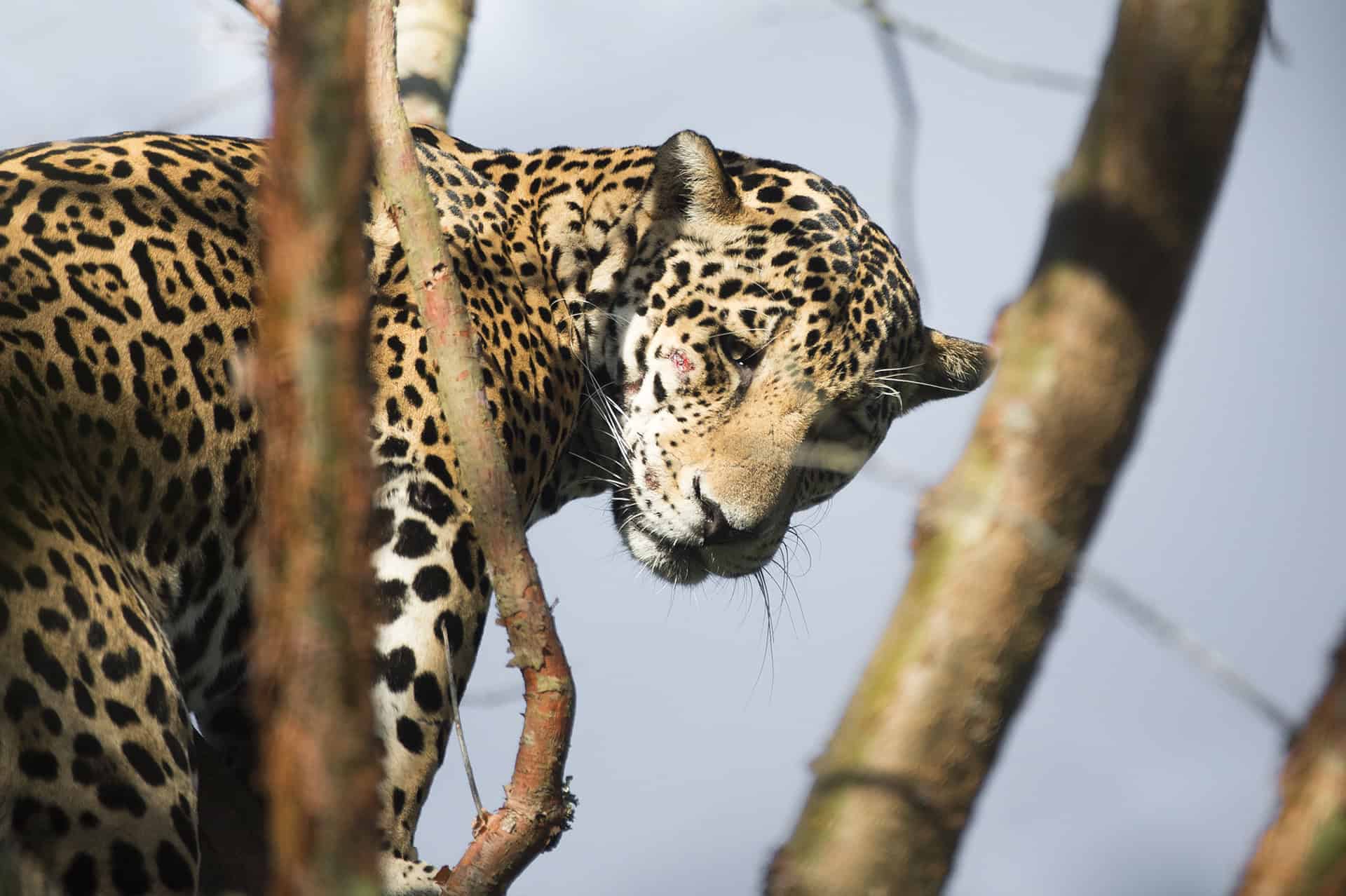Share this article
Senate releases Fiscal Year 2021 spending bills
The Senate released its 12 appropriations bills for Fiscal Year 2021 last week — only a month before the current continuing resolution is set to expire on Dec. 11, potentially risking a government shutdown.
The Senate Appropriations Committee did not hold markups on any of the bills, and the legislation instead moved directly into negotiations with the U.S. House of Representatives, which passed its appropriations bills this past summer.
Under the Senate’s bill, funding for the Department of the Interior and related agencies would come in at $35.81 billion, $18 million less than current spending and about $950 million less than the House bill. The Interior Department would receive $13.6 billion under the bill, similar to this year’s funding, but $300 million less than the House would provide. That would include $1.5 billion for the U.S. Fish and Wildlife Service, $1.3 billion for the Bureau of Land Management and $3 billion for the National Park Service.
Within the USFWS budget, the State and Tribal Wildlife Grants program would receive $67.6 million under the bill, nearly $10 million less than the House bill would provide. The Wildlife Society recommended funding the State and Tribal Wildlife Grants program at $90 million. The National Wildlife Refuge System would be funded at $501.9 million, about $10 million less than the House would provide, and significantly less than the $586 million that The Wildlife Society and the Cooperative Alliance for Refuge Enhancement recommended.
Like the House bill, the Senate bill would reinstate funding for the U.S. Geological Survey’s Cooperative Research Units, providing $24 million in funding. But the House bill would provide an additional increase of $1 million for the program, which was The Wildlife Society’s recommendation.
In the bill, the Senate indicated support for the BLM’s plan to reduce wild horse and burro numbers, providing $115.7 million, about what the administration requested, to BLM’s Wild Horse and Burro Program. The House would provide $102 million. Both bills contain prohibitions on sales or transfers of adopted wild horses and burros that results in the destruction of the animal, as well as provisions preventing the BLM from euthanizing a wild horse or burro except in cases of severe injury, illness or advanced age.
Within the U.S. Department of Agriculture, the National Institute of Food and Agriculture would receive a $154 billion, including a $10 increase in research through the Agriculture and Food Research Initiative. The Animal and Plant Health Inspection Service would be funded at $1.06 billion, a $14 million increase from current levels.
The Great American Outdoors Act, signed into law in August, made funding the Land and Water Conservation Fund mandatory, and the Senate bill would provide $900 million, including $371 million for National Park Service State Assistance Grants, $370 million for federal land acquisition, and $159 million for other purposes.
Senate appropriators did not attach any new riders to this year’s bill, but they did bring some back from previous bills. One rider would block the listing of greater sage-grouse (Centrocercus urophasianus) under the Endangered Species Act. While similar riders have been common in recent years, the House did not include one this year. Another perennial rider included in the Senate bill would block federal regulation of lead ammunition and tackle.
The current continuing resolution funding the federal government is set to expire Dec. 11, and it will be challenging for the Congress to reach a funding deal by then. There are only 14 days that both chambers are in session at the same time before then. If a funding agreement is not agreed upon by that time, a continuing resolution reaching into the spring is likely.
Header Image: The Senate has released all 12 appropriations bills, with the current continuing resolution expiring next month. Credit: BLM Oregon & Washington








